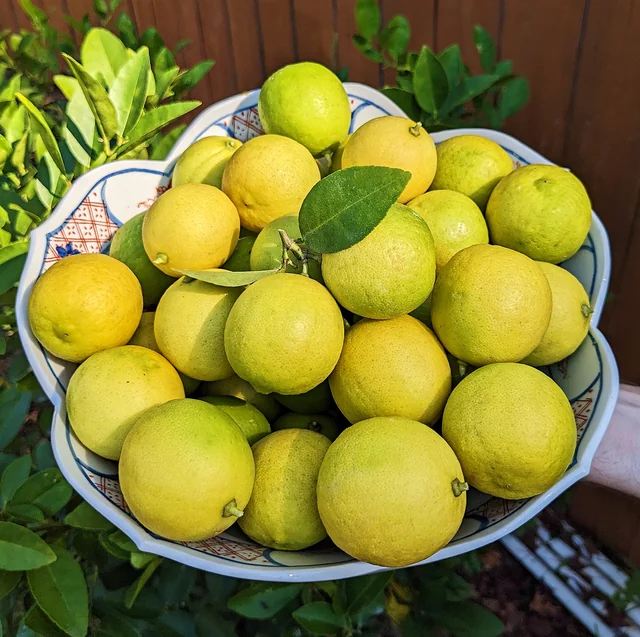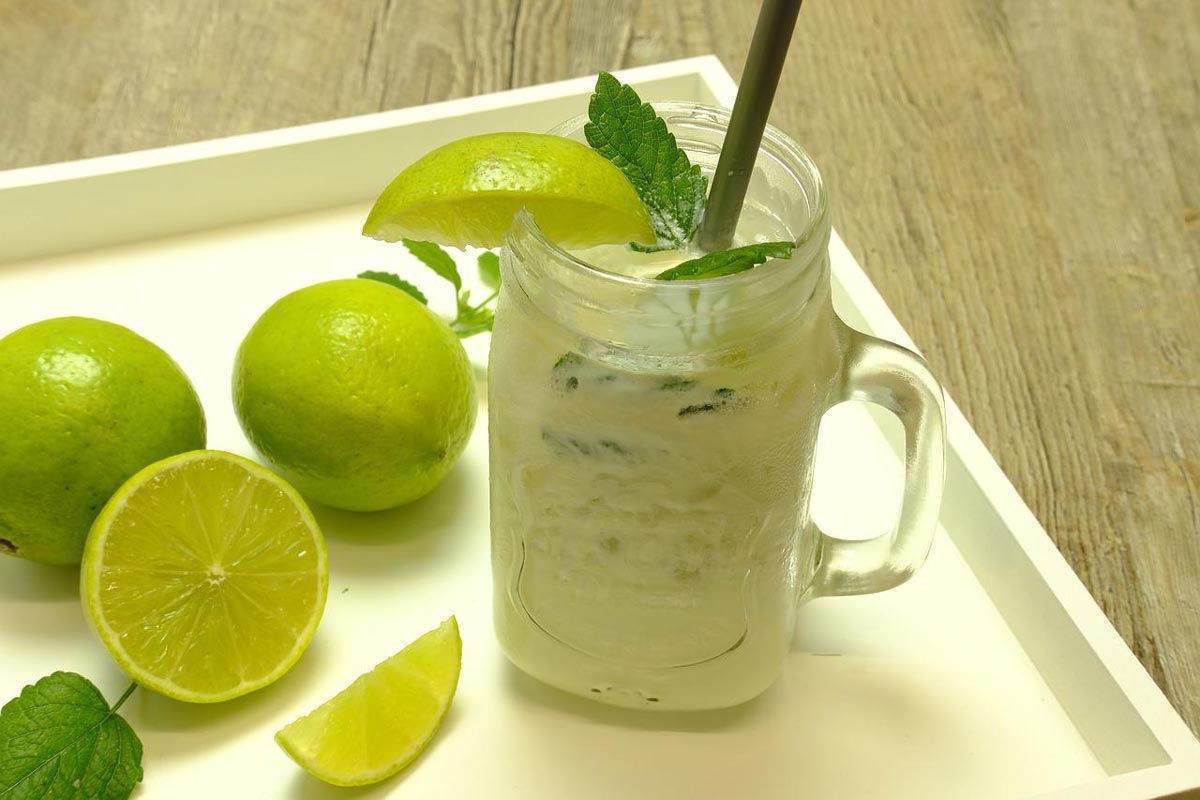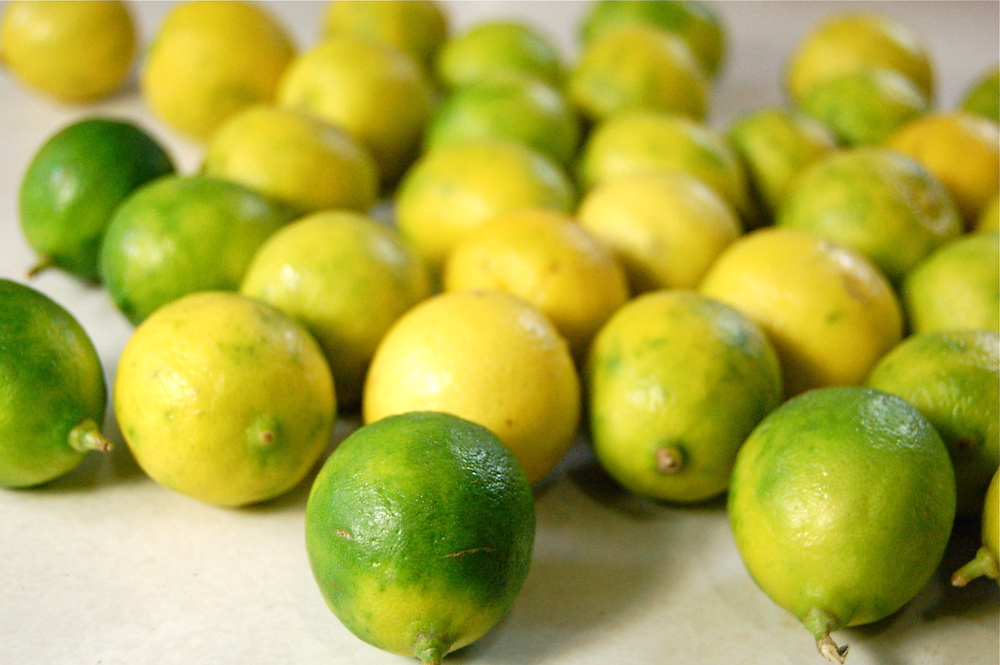Lime seeds for planting and gardening typically refer to the seeds of lime trees, specifically varieties like the Persian lime (also known as the Tahiti lime) or the Key lime. These seeds can be used to grow lime trees, which are valued for their tangy, acidic fruit used in cooking, baking, and beverages. Here’s a detailed description:
Characteristics and Benefits
1. Seed Characteristics:
- Size and Shape: Lime seeds are generally small, oval, and have a smooth, shiny surface. They are often encased in a tough, protective seed coat.
- Germination: Lime seeds can be somewhat challenging to germinate compared to other seeds. They require specific conditions to sprout, including warmth and moisture.
2. Growing Conditions:
- Climate: Lime trees thrive in warm, subtropical to tropical climates. They require plenty of sunlight and cannot tolerate frost. In cooler regions, they can be grown indoors or in greenhouses.
- Soil: They prefer well-draining, sandy loam soil with a pH between 5.5 and 6.5. Good drainage is essential to prevent root rot.
- Watering: Lime trees need regular watering, but the soil should be allowed to dry slightly between waterings. Over-watering can be detrimental.
3. Planting Process:
- Preparation: Before planting, lime seeds should be cleaned to remove any residual fruit pulp and allowed to dry slightly. Soaking seeds in water overnight can improve germination rates.
- Planting: Sow the seeds in a seed-starting mix or a light, well-draining soil. Plant seeds about 1 inch deep and space them adequately. Keep the soil consistently moist but not soggy.
- Germination: Lime seeds typically take 2-4 weeks to germinate, depending on temperature and conditions. Providing warmth and humidity can enhance germination rates.
4. Care and Maintenance:
- Fertilization: Once seedlings emerge, they benefit from regular feeding with a balanced fertilizer or one specifically formulated for citrus plants.
- Pruning: Regular pruning helps maintain the shape of the tree and promotes better air circulation. It can also help control pests and diseases.
- Pest and Disease Management: Lime trees are susceptible to pests such as aphids, spider mites, and whiteflies. They can also suffer from diseases like citrus canker and root rot. Monitoring and appropriate treatments are necessary to keep the plants healthy.
5. Harvesting:
- Lime trees usually start producing fruit 6-12 months after planting. The fruit is typically harvested when it reaches a full size and its color turns from green to yellowish-green. The flavor is tart and tangy, ideal for culinary uses.
6. Uses:
- Culinary: Limes are used in a variety of dishes and drinks for their fresh, tangy flavor. They are popular in cocktails, marinades, dressings, and desserts.
- Aesthetic: Lime trees can also be grown for ornamental purposes. Their glossy leaves and fragrant blossoms add beauty to gardens.
7. Challenges:
- Temperature Sensitivity: Lime trees are sensitive to cold temperatures and may need protection or indoor placement in colder climates.
- Pests and Diseases: Regular monitoring and management are required to prevent and address issues that could affect the health and productivity of the tree.
Planting lime seeds can be a rewarding experience, providing fresh limes for culinary use and adding a touch of greenery to your garden. However, it requires careful attention to the specific needs of lime trees to ensure successful growth and fruit production.























Emily Johnson –
Excellent seeds! Germinated quickly and are growing strong. Perfect for my garden. Highly recommend for lime enthusiasts!